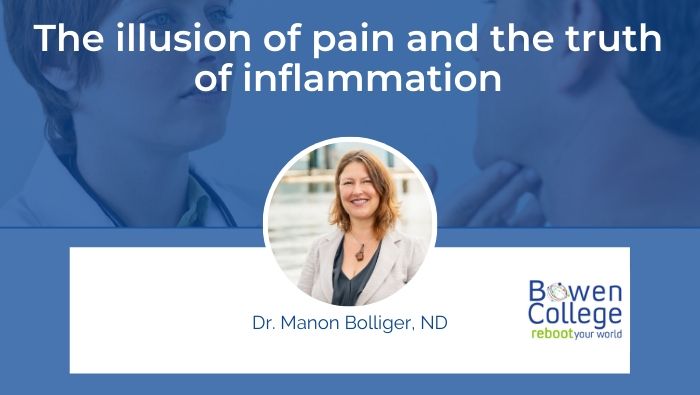It is often stated that pain is an illusion. If your brain never perceived it, it never happened. However, it is inflammation that accounts for the chemical reactions and cascades that occur at the site of injury or irritation… whereas PAIN is a perception, inflammation is not. The neuromatrix theory accounts for pain as a result of peripheral nociception (e.g. inflammatory cascade stimulating pain receptors) whilst also providing an explanation as to why someone can feel pain in the absence of peripheral input.
Pain is an experience which is modulated at many levels. Pain can present without any peripheral stimulus (phantom pain). Similarly nociceptive input doesn’t necessarily lead to the experience of pain (those wounded in war who have no pain at the time).
We are also starting to learn more about the role of inflammation in healing. Inflammation can be triggered by physical trauma but also trauma like emotional insults. Physical causes of inflammation can be injury, diet, or chemicals entering our body—such as pollutants in our water, air and foods. Even lotions and makeup can introduce harmful chemicals into our body that can cause inflammation.
Emotional insults, much like some physical insults, can also be a factor in the ability to heal and process pain. Years of emotional pain can be cumulative, building up and ultimately preventing us from healing well. A seemingly minor event can trigger a strong pain response through an inflammatory process.
Sharing the research and understanding of pain allows patients to reconnect more profoundly with their bodies and trust the changes they experience through therapies that talk to the body without being fully understood by the mind. The brain is one of the least understood parts of the body. And people recognize feeling good and feeling better in their bodies even if the mechanisms are not yet fully understood.









